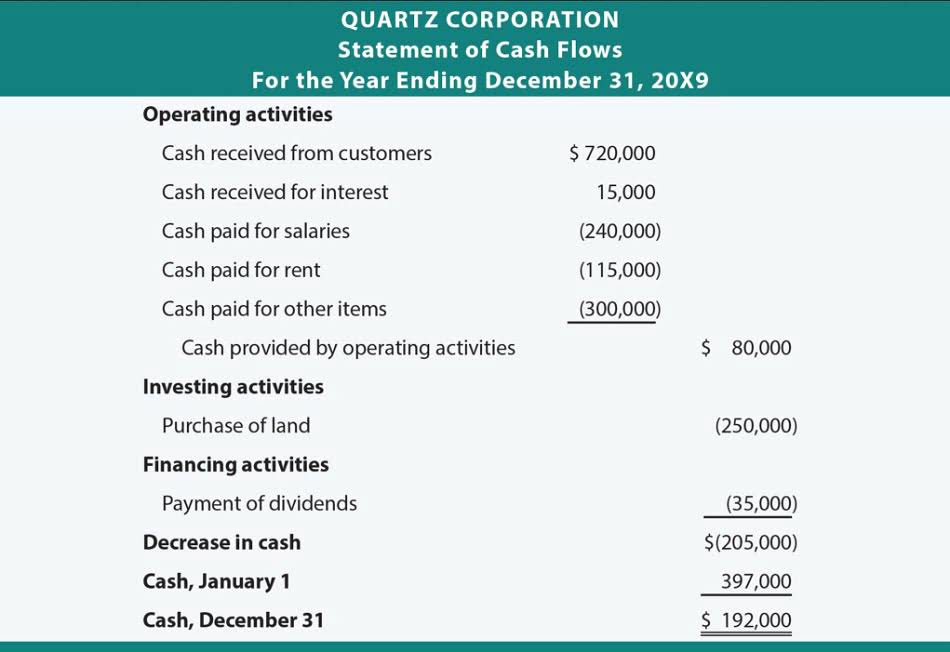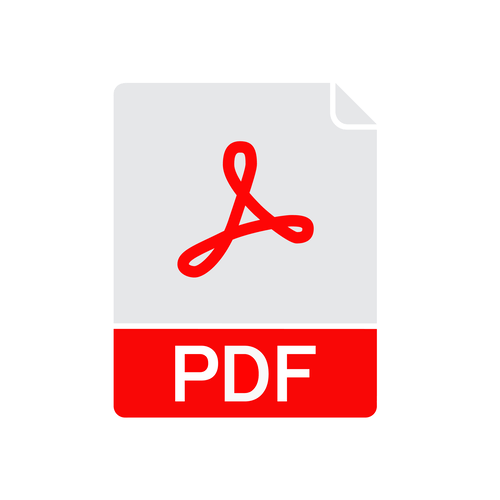
Bank statements may include a mortgage statement, credit card statement, or loan statement, for example. The goal is to ensure that the general ledger and bank statements are in accordance with one another. If corrections are needed, prepare QuickBooks journal entries to adjust the account balances. For instance, if a transaction was recorded twice, an adjusting entry will remove one of the entries.
What is difference between GL account and reconciliation account?

Regular reconciliation shows that your business is serious about maintaining honest and accurate financial records, which is key for audits and inspections. Regular reconciliation ensures your financial reports, like income statements and balance sheets, are accurate. After the reconciliation is complete, review the process to identify any systemic issues that could be improved to prevent similar discrepancies in the future. Schedule regular follow-up reconciliations to ensure ongoing accuracy of the general ledger and to maintain financial integrity. The trial balance is a key report used in the general ledger reconciliation process. It lists the ending balances for all general ledger accounts over a specified period, typically a month or quarter.

Treasury & Cash Management

A general ledger can have as many accounts as needed and can be simple or complex. With the many types of reconciliations required, the all too time-consuming process is often looked at with disdain by accounting professionals. SolveXia and automation Insurance Accounting tools take the pain out of reconciliation and month-end close processes. Without strict accounting policies to follow or processes in place, your team may fall prey to duplicate entries. When your team is running through thousands of transactions and handling all that they do, mistakes are likely to happen. They may record a transaction as a debit rather than a credit (or vice versa), or simply transpose a set of numbers.
Reconciliation errors
- This involves checking each transaction in the ledger against external records to verify its accuracy.
- It signals that the company values integrity in its financial practices, which can enhance investor confidence and stakeholder relations.
- You want to close your books quickly, but not at the expense of precision.
- It also helps other people in your team understand the reconciliation if they need to look at it later.
- General ledger reconciliation is extremely essential in business accounting.
- When you’re doing manual reconciliation, it’s easy to make mistakes like entering wrong numbers or missing transactions.
- It serves as the bedrock of financial accuracy, offering organizations the assurance that their records reflect the true state of affairs.
The general ledger reconciliation will require that subsidiary account balances match up properly with the general ledger. General ledger reconciliation is a key accounting process that involves verifying that the balances in your general ledger are accurate and match external documents and workpapers. In doing so, teams ensure that their financial records are correct and reliable. Payroll reconciliation involves comparing your payroll records with your gl reconciliations general ledger.
How to Perform General Ledger Reconciliation: A Step-by-Step Guide
Explore a comprehensive guide to general ledger reconciliation for more insights into this critical process. Next, systematically compare the general ledger account balances with the balances reported in the supporting documents. This involves checking each transaction in the ledger against external records to verify its accuracy. Look for any mismatches in amounts, dates, or descriptions that could indicate errors such as duplicate entries, incorrect entries, or omissions.

With Xenett, you’re not just automating reconciliation—you’re making your financial process faster, more accurate, and much easier to manage. Using a tool like Xenett simplifies the entire reconciliation process. Another common issue is posting transactions to the wrong account in the GL.
Instead, you can focus on strategic tasks and high-value activities that drive your business forward. The balance sheet provides a snapshot of all asset, liability, and equity account balances at the end of an accounting period. In summary, the reconciliation ledger is a critical monitoring and control tool for ensuring the integrity of the financial data in both Controlling and Financial Accounting systems. Proper reconciliation procedures enabled by the ledger also support compliance with accounting regulations and standards. All transactions impacting a company’s finances are recorded in the general ledger.
